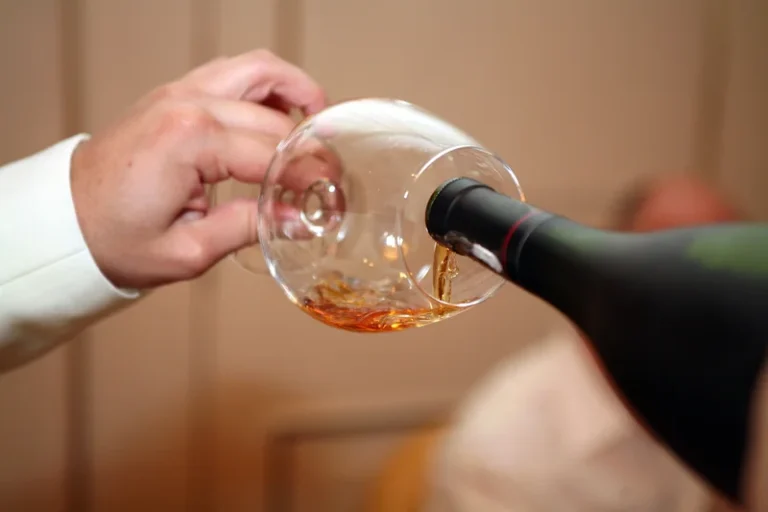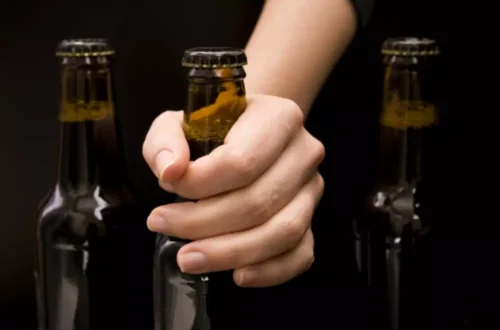Sober living
What Is An Alcoholic Nose Or Drinker’s Nose Rhinophyma?

While drinking may not cause “alcoholic nose,” getting help to quit drinking can make the condition much easier to manage. While rhinophyma is often dubbed “alcoholic nose,” the reality is that it’s a type of rosacea — meaning that heavy drinking isn’t actually linked to it. While the primary symptom is the noticeable enlargement and redness of the nose, some individuals may also experience tenderness, oiliness, and visible blood vessels on the nose. In severe cases, the enlarged tissue can even obstruct the nasal passages, causing breathing difficulties. The initial stages of rhinophyma often involve a persistent red nose and swelling. This is due to the dilation of blood vessels and increased blood flow to the area.
Why Do Alcoholics Have Red Noses?

People who have rosacea may not develop rhinophyma until years later in life. Early intervention and proper management are key to preventing the progression of rosacea into rhinophyma. If you suspect you have rosacea or rhinophyma, consult with a dermatologist to explore your treatment options and develop a management plan tailored to your needs. Understanding the true causes of rhinophyma is crucial in dispelling myths and providing effective treatment. Many people mistakenly believe that reducing alcohol intake alone can prevent or cure the condition. However, managing rhinophyma requires a comprehensive approach that addresses various contributing factors, including genetics and environmental triggers.
Kidney Pain After Alcohol Consumption: Causes & Prevention Tips
We want to give recovering addicts the tools to return to the outside world completely substance-free and successful. Ark Behavioral Health offers 100% confidential substance abuse assessment and treatment placement tailored to your individual needs. Later, the nasal skin grows and the tip of the nose becomes larger. It is benign initially, but it may block airways and increase the risk of skin cancer. In the early stages, rhinophyma shares symptoms with rosacea, such as facial flushing or redness. Drinking can increase the effects of existing rosacea and may increase the risk of this condition developing.
Diagnosis of rhinophyma

Rosacea causes visibly red or swollen skin and sometimes bumps or acne-like conditions. While the condition can’t be entirely reversed, various treatment options can help manage its symptoms and improve the nose’s appearance. These include medications to control inflammation, laser therapy to reduce redness and shrink enlarged blood vessels, and in severe cases, surgery to reshape the nose. While drinking alcohol is not the root cause of rhinophyma, it can aggravate rosacea symptoms.

This often looks like some exaggerated patches of red on the face with thin spidery lines along the cheeks and other parts of the face, which are the visible blood vessels. Some people can also experience small scatterings of red bumps that can be filled with pus and the skin could feel warm or mildly https://ecosoberhouse.com/ irritated. Whether a person is dealing with rhinophyma or alcoholism, it should not be acceptable to alienate a person or group of people due to a disease. There are several million individuals who attempt to manage their addiction every day, and less than eight percent actually seek treatment.
Side Effects Of Alcohol Abuse In People With Rhinophyma
- In the end, we have discovered that an alcohol use disorder is not necessarily responsible for rhinophyma.
- A skin biopsy may occasionally be required to confirm the diagnosis, especially in rare cases where the condition doesn’t respond to treatment.
- However, managing rhinophyma requires a comprehensive approach that addresses various contributing factors, including genetics and environmental triggers.
- For starters, communicate with close friends and family about your situation.
- However, if severe cases are left untreated, it can cause disfigurement.
- Rhinophyma is a skin disorder that causes the nose to become enlarged.
The association between alcohol abuse and rosacea can be traumatizing for some people with rosacea. Current research indicates that people with rhinophyma often have a genetic predisposition to or family history of rosacea, especially if treatments for their rosacea prove ineffective. Widened blood vessels caused by heavy drinking allow more blood to travel to right beneath the skin’s surface, which gives the face a more flushed or red appearance. However, a scientific study that came out in 2015 at the University of South Florida Morsani College of Medicine dismantled the theory that alcohol abuse and alcoholic nose are connected.

These will include individual and group therapy, in addition to regular, personal meetings with your treatment team to discuss both successes and barrier to recovery. By giving you a regular schedule, our programming helps you establish healthy, constructive routines to improve your ability to function in daily life. At Georgetown Behavioral Hospital, you can take your addiction recovery journey one step at a time. During your time in our inpatient rehab setting, you will learn effective coping strategies to handle life’s daily stressors without using substances. Genetics play a significant role in the development of rosacea and, subsequently, rhinophyma. If you have a family history of rosacea, you may be more prone to developing this condition.
How can you get rid of rhinophyma?
- A combination of medical treatments and lifestyle changes often yields the best results.
- If you have a family history of rosacea, you may be more prone to developing this condition.
- With that in mind, there are some instances where drinking alcohol frequently could lead to rhinophyma symptoms.
From your initial assessment to discharge planning, our compassionate care staff will be there for you. Our care specialists are ready to assist with acute mental health crises and co-occurring mental health disorders. After treatment, we will work with you to ensure a smooth transition to less intensive, supplementary levels of care. Regular check-ups with a dermatologist can help monitor the progression of rosacea and catch any early signs of rhinophyma. Early detection allows for timely intervention, which can prevent the condition from worsening.
Who Is at Risk for Alcoholic Nose?
In rare instances, a doctor may perform a biopsy to test the rhinophyma, but this is typically only done in cases of rhinophyma that have not responded to treatments. This is because alcohol is what is known as a vasodilator, which means it causes blood vessels to expand and blood to flow to the surface of the skin. This is especially true and noticeable alcoholic nose for the skin on a person’s face. Several surgical techniques have been described in the management of rhinophyma. The main principle is shaving the redundant tissue while avoiding damage to the underlying cartilage. The depth of shaving should leave enough skin adnexal structures at the wound surface to allow proper healing by secondary intention.
Recognizing the Signs of Alcoholic Nose

Aside from physical repercussions, those who deal with rhinophyma can also face prejudice for their physical appearance. However, it’s always important to keep in mind that rhinophyma ultimately manifests itself as a side effect of rosacea. People can experience rhinophyma without drinking alcohol or very occasionally drinking it. As you can see from that list, alcohol is a factor that can trigger a rosacea flare-up. In this way, alcohol does have some connection to rhinophyma, although alcohol alone is not the root cause of rhinophyma.


